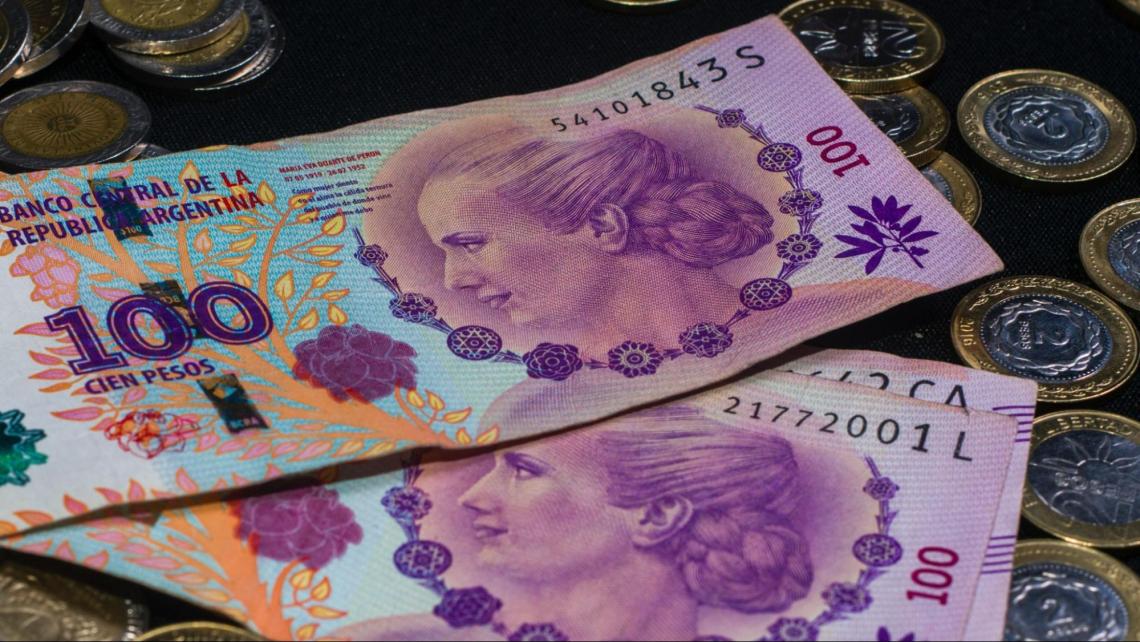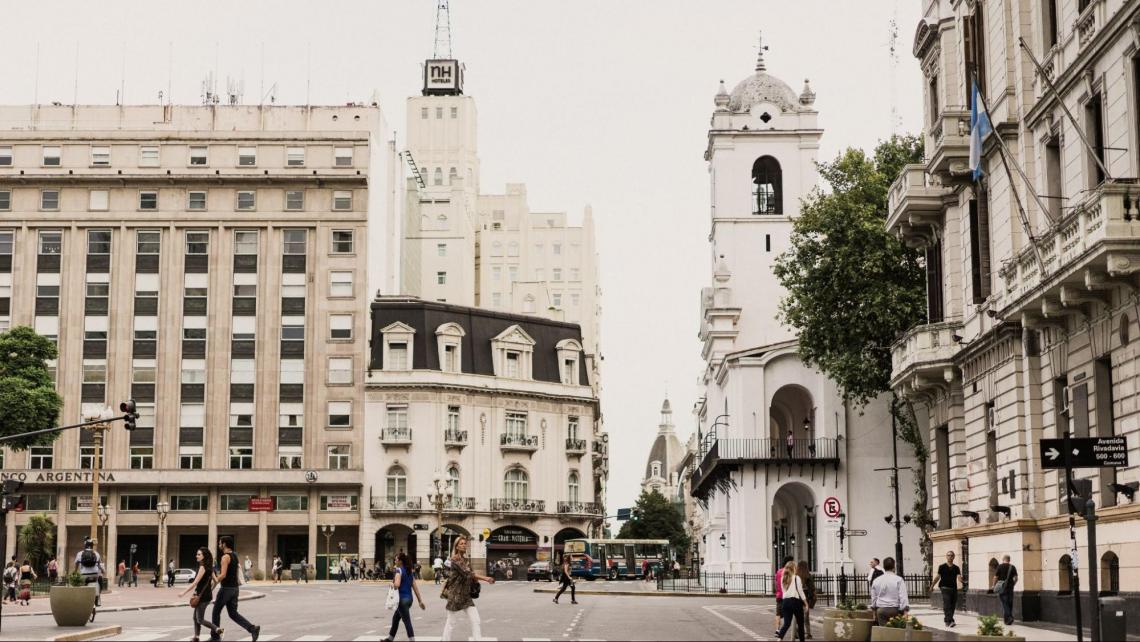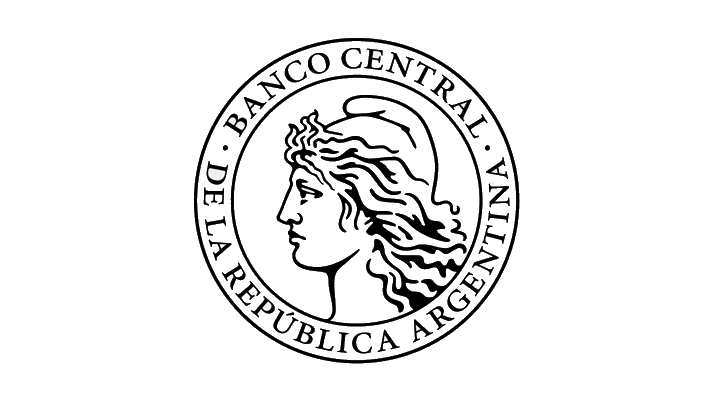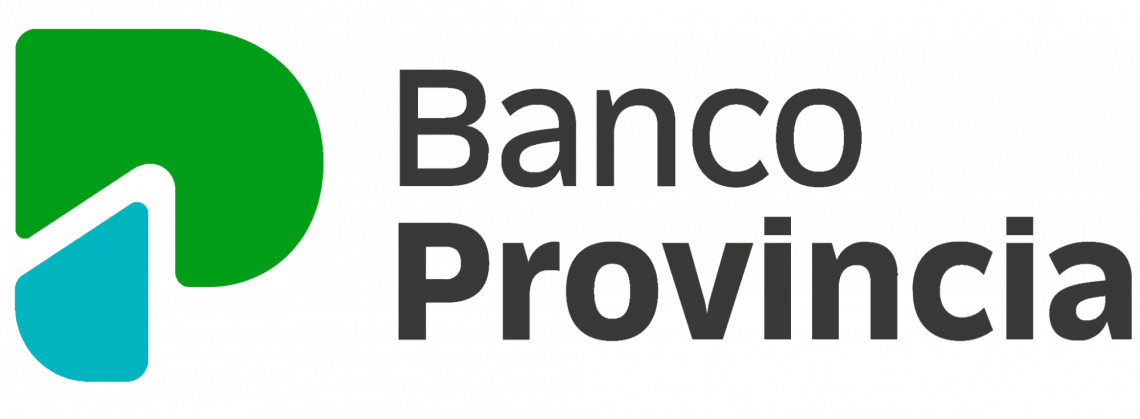Top Banks in Argentina
It is the second-largest national economy in South America and is a developing country with a highly educated population, a diverse industrial base, and an export-oriented agricultural economy.
Argentina is the second-largest national economy in South America, behind Brazil. Argentina is a developing country with a highly educated population, a diverse industrial base, and an export-oriented agricultural economy.

Argentina has abundant natural resources. However, its economic growth has traditionally been very erratic, with periods of rapid expansion interspersed with deep recessions, notably since the late 20th century.
Since then, poverty and unequal income distribution have risen. Nevertheless, Argentina had one of the world's top ten per capita GDP levels at the turn of the century.
It exceeded France and Italy and was on the same level as Canada and Australia.
In 2018, the value of the Argentine peso fell by over 50%, reaching around 38 pesos for every dollar. Since that year, it has been covered by the stand-by program of the International Monetary Fund.
The value of the Argentine peso declined by
- 25% in 2019,
- 90% in 2020,
- 68% in 2021, and
- 52% in 2022.
The FTSE Global Equity Index (2018) classifies Argentina as an emerging market and one of the G-20 major economies. However, Argentina was reclassified as a different market by MCSI in 2021 as a result of extended stringent capital controls.
Argentina was the world's biggest grain, flax, and beef exporter in the early twentieth century. However, the 1930s Great Depression severely harmed the economy by limiting international commerce.
However, the government's support of industrial expansion siphoned investment away from agriculture, causing the agricultural output to plummet substantially.
At the cost of the predominant grain crops, fruits, vegetables, oilseed crops like soybeans and sunflowers, and industrial crops like cotton and sugarcane increased their percentage of the overall agricultural production.
Argentina, on the other hand, remains one of the world's top agricultural producers.
Argentine Banking Sector
Argentine banking began on public sector banks but is currently dominated by the private sector, with deposits exceeding $120 billion in December 2012.

The private sector banks account for 80 active institutions through over 4,000 branches and hold approximately 60% of savings and loans. In addition, the country has as many foreign-owned banks as indigenous ones.
On the other hand, the public Banco de la Nación Argentina has long been Argentina's largest bank. This organization, which should not be mistaken with the Central Bank, presently represents 30% of all deposits and 5% of its lending portfolio.
The financial infrastructure of Argentina was developed and reinforced throughout the 1990s. As a result, deposits increased from less than $15 billion in 1991 to more than $80 billion in 2000, while outstanding credit quadrupled to about $100 billion.
When the Argentine peso lost most of its worth in 2002, numerous borrowers found themselves unable to keep up since the banks loaned and accepted deposits mostly in U.S. dollars. As a result, delinquencies nearly increased to over 37%.

By the end of 2001, once Economy Minister Domingo Cavallo put a near-freeze on cash withdrawals, more than a fifth of all deposits had been liquidated.
A year later, the limitation was lifted, and it was received calmly, although not without some resentment, as these monies were not released at their entire U.S. dollar worth.
Some had worse outcomes, as the proprietors of the long-gone Velox Bank robbed their customers of up to $800 million.
Argentina's credit is still relatively restricted. However, since 2004, lending has increased by 40% each year, while delinquencies have dropped to less than 2%.
The amount of credit outstanding in the private sector is still significantly lower than in 1998 in real terms and by worldwide standards. Although it swiftly restored to normal levels, inflation and global uncertainty have impacted it.
Most of 2009 saw the prime rate above 20%, and since the first half of 2010, it has been hovering around 17%.
The Top Banks in Argentina
Banking operations in Argentina are governed by Law No. 21,526 (1977). Argentina's Central Bank (BCRA) is the implementing authority and regulating body under this law, issuing guidelines and monitoring financial institutions' actions.

The legislation covers licensing and operational requirements within the banking sector; the definition of permissible, banned, and restricted activities; currency regulations; operating ratios compliance; dissolution and liquidation; etc.
Before participating in banking activities in Argentina, foreign banks must register with the BCRA and get the necessary authorization.
Furthermore, these businesses must have a certain amount of capital to conduct business. Argentina's banking system comprises 62 banks, 13 public-sector financial institutions, and 49 private-sector banks. We will look through Argentina's top banks.
Central Bank of Argentina
On May 28, 1935, the country's Currency Board was abolished and replaced with the Central Bank of Argentina (BCRA). The Central Bank's mission is to advance socially equitable economic growth and monetary and financial stability.

The projected value of Argentina's foreign exchange reserves as of March 2017 is $52 billion. As a result of the 1935 monetary and banking reform, the Central Bank of Argentina (BCRA) was established as a combined private-public entity.
Its responsibilities were issuing notes and coins, governing the number of loans and money, accumulating foreign reserves, overseeing the banking system, and acting as the government's financial agent.
As a result, the monetary authority was given the right to serve as a "lender of last resort" and to implement countercyclical policies to offset economic swings. From early 2008 to early 2012, the Central Bank's foreign exchange reserves ranged between $47 billion and $50 billion.
Two significant factors contributed to this decline:
- $5 billion annual current account deficits brought on by decreased item trade surpluses and rising spending by Argentine visitors overseas.
- The interest payments on foreign-held bonds totaled $7 billion in 2013. Despite a futile regime of foreign currency controls, these were dramatically relaxed in January 2014.
Banco de la Nación Argentina
To stabilize the country's finances after the Panic of 1890, the Bank of the Argentine Nation was established on October 18, 1891.

It developed into a significant source of finance for agricultural smallholders in its early years and afterward for commercial and industrial companies and managing various public sector operations.
However, the bank's image deteriorated after it was found that the board of directors had taken bribes in 1994 while approaching IBM to provide computers and communication equipment. This was a big political controversy at the time.
Regarding total assets and deposits, Banco de la Nación Argentina (BNA) is Argentina's largest bank.
It provides financial services and banking products to individual, corporate, and SME customers through roughly 17,700 staff, 640 locations, and 2,750 ATMs. BNA has total assets of AR$2.9 trillion and deposits of AR$2.3 trillion.
Grupo Financiero Galicia
It is a financial services holding company founded on September 14, 1999, by the Escasany, Braun, and Ayerza families to focus their ownership stakes in Banco Galicia and its subsidiaries.

It was established under the Argentine Republic's rule, with its headquarters in Buenos Aires. Grupo Financiero Galicia S.A. is the country's second-biggest financial institution, with more than 500 branches and points of sale.
In addition, this bank is Argentina's largest credit card issuer, with over 14 million credit cards, including 8.7 million Tarjetas Regionales cards (Naranja X).
Banco Galicia, the Group's principal unit, is rated second in the country in terms of loans and third in terms of deposits amon0g private banks. The company's total assets were ARS 1.343 trillion ($14 billion) as of June 30, 2021.
The bank offers various financial services in Argentina and has more than 110 years of expertise.
1,474.7 million shares make up their capital stock, of which 1,193.5 million are Class B shares with one vote per share and 281.2 million are Class A shares with five votes per share.

They concentrate on attaining effective resource management, which enables us to ensure the long-term sustainability of profitability and produce a beneficial impact concerning economic, societal, and environmental effects.
They have more than 9,000 partners dedicated to improving people's and businesses' daily lives by being more flexible, digitized, and close.
Encourage sustainable management founded on moral and ethical standards that influence how partners behave and are represented in cutting-edge societal and environmental investment policies, practices, and initiatives.
Banco Santander Río
A subsidiary of the Santander Group, located in Cantabria, Spain, Banco Santander Argentina is a commercial bank and provider of financial services.

Its banking activities are the third largest in Argentina and the largest among all privately held banks in the country, with headquarters in Buenos Aires.
According to the Argentine Central Bank, Banco Santander Rio S.A. is the second-largest bank in Argentina by private sector deposits and loans and the third-largest bank in terms of assets.
Santander Rio reported total assets of $12.6 billion and loans of $5.6 billion as of June 30, 2020. The bank has about 9,000 employees, and its headquarters are in Buenos Aires. According to Global Finance magazine, it is Argentina's best consumer digital bank.
The bank is among the top banks for payment methods, international commerce, transactional services, and cash management. Additionally, one of the key participants in the public securities and exchange market.
Bank of the Province
The Bank of the Province of Buenos Aires, more often referred to as Banco Provincia, is a publicly held bank in Argentina and the second-largest in the nation by the value of assets and deposits.

The bank expanded along with the Argentine economy. It was crucial in providing employers and local governments with a lifesaver in the 1980s after the dictatorship's economic policies left the country's economy troubled by a protracted foreign debt problem and general malaise.
Banco Provincia is the fourth-largest bank in the nation in terms of assets. It was the first bank in Spanish America and Argentina when it was founded in 1822.
It is a publicly traded bank with a wide network of branches spread throughout 135 municipalities in the Province and City of Buenos Aires.
Additionally, it has representative branches in Panama, Santiago (Chile), and Madrid. In addition to offices in Sao Paulo, Brazil, and Grand Cayman in the Cayman Islands (Spain).
Banco Macro
In 1976, Mario Brodersohn, José Dagnino Pastore, and Alito Guadagni established Financiera Macro, a brokerage focused on arbitrage. Jorge Brito, a rival arbitrageur, bought the organization in 1985.

Banco Macro was the first player in the Argentine corporate bonds market when the Central Bank of Argentina granted it permission to operate as a commercial bank in 1988. However, until 1995, it was a wholesale bank.
Throughout this time, its operations focused on money market investments, corporate and government bonds trading, and financial services for medium-sized and larger businesses.
Regarding deposits and loans, Banco Macro ranks sixth among domestically held private banks in Argentina. According to assets, Banco Macro S.A. is Argentina's fifth-largest bank. It employs approximately 8,500 people and has a nationwide network of 460 branches and more than 1,570 ATMs.
Banco Macro is the only banking organization in 183 districts. The bank's shares are traded on the NYSE and the Buenos Aires Stock Exchange, and as of March 31, 2022, its market value was $1.1 billion.
HSBC Bank Argentina
With 140 locations and 4,000 staff, HSBC Argentina, founded in 1997, is one of the leading financial services companies in the nation.

Numerous chances will present themselves in Argentina as reforms take hold. Therefore, international enterprises should utilize this transitional period to research markets and build ties.
The main HSBC operating entity in Argentina is HSBC Bank Argentina S.A. The seventh-largest bank in the U.S. offers nearly 1.2 million customers a comprehensive range of banking and financial services, including commercial, consumer, and corporate banking.
One of the top 10 banks in Argentina is HSBC Bank. It has 4,000 employees and serves over 1.2 million customers with a wide range of goods and services.
It offers credit and debit cards, loans, insurance, investments, treasury management, international trade, and other services in addition to savings and current accounts. The bank is a division of the world's largest financial organization, the UK-based HSBC Group.
Banco Ciudad
The Bank of the City of Buenos Aires, often known as Banco Ciudad, is an Argentina-based publicly owned Municipal, commercial bank.

It was created on May 23, 1878, under Monte de Piedad, to combat usury in the city, primarily by providing loans at below-market interest rates to alleviate socioeconomic inequities.
The bank became prominent in small company financing and supported housing developments in underserved regions.
In 1947, the city bought downtown land on the huge Nueve de Julio Avenue to develop municipal offices. Following the building's completion in 1961, an important branch was built there.
These and other additional branches broadened the bank's business lending activity. Its present name was adopted in response to increased rivalry from the Bank of the Province of Buenos Aires.
Approximately 60 branches, ten credit boutiques, and 20 annexes make up the government-owned Banco Ciudad, which offers financial services to individuals, small and medium-sized businesses, and major corporations.
Regarding assets and deposits, Banco Ciudad is the ninth-largest bank in Argentina. Moreover, among Argentine banks held locally, it has the best credit ratings.
Banco Patagonia
Buenos Aires serves as the home base for the Argentine commercial bank Banco Patagonia. More than 775,000 customers presently use the corporation, serving small and medium-sized businesses and individuals.

Banco Patagonia was founded in 1976 as a brokerage firm. In 1988, it changed its name to Banco Mildesa after entering the car lending market in 1987.
After acquiring the recently privatized Banco de Ro Negro in 1996, Mildes expanded and, in 2000, adopted the name Patagonia from the latter province. In July 2019, Banco Patagonia won the Best Bank honor at the 15th Annual Fortuna Awards for the Best and Largest Companies.
According to assets, loans, and deposits, Banco Patagonia is Argentina's tenth-largest bank. It has around 790,000 clients, over 200 branches, 600 ATMs, and 3,360 employees. Banco do Brasil S.A. (80.4%) and Provincia de Rio Negro (3.2%) jointly own Banco Patagonia.
According to Global Finance, Banco Patagonia is the most secure bank in Argentina.




or Want to Sign up with your social account?